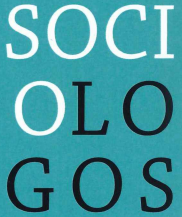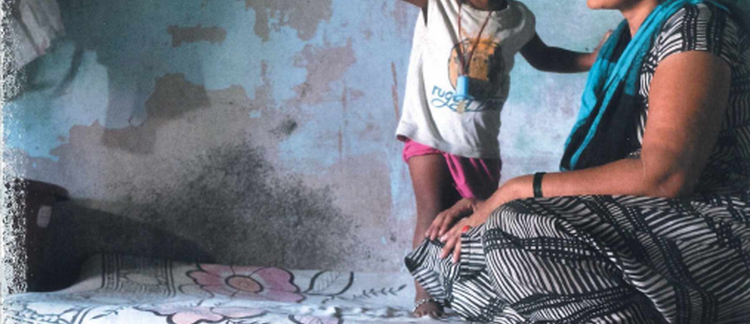Abstract
The social discussion regarding foundlings and baby corpses regularly refers to the numerous baby hatches provided by Dutch churches and convents in the distant past. This is one of the most important arguments in the public justification of the modern foundling rooms. Based on historical and contemporary sources concerning the 1500-1900 period, the current article argues that this is in fact a double myth. Firstly, there has never been a large-scale system of baby hatches in the Netherlands from the middle ages on; at the time of the United Kingdom of the Netherlands, they were mainly situated in the area which is modern-day Belgium. And secondly, those baby hatches which did exist were not linked to said religious institutions. The most probable explanation for the origin of this myth is the fact that religious buildings and baby hatches were popular locations for mothers to abandon their new-borns in the past. In the folklore on baby hatches, these elements became falsely united. This study interprets the function of this mythologisation process to be the formation of a moral compass in the quest for a solution for women not able, willing or allowed to keep their babies, and thereby shunning the formal channels.
How to Cite:
van Tiggelen, K., (2018) “De mythe van de Nederlandse vondelingenluiken (1500-1900)”, Sociologos 39(2), 87–106. doi: https://doi.org/10.21825/sociologos.86971
Downloads:
Download PDF
View
PDF


